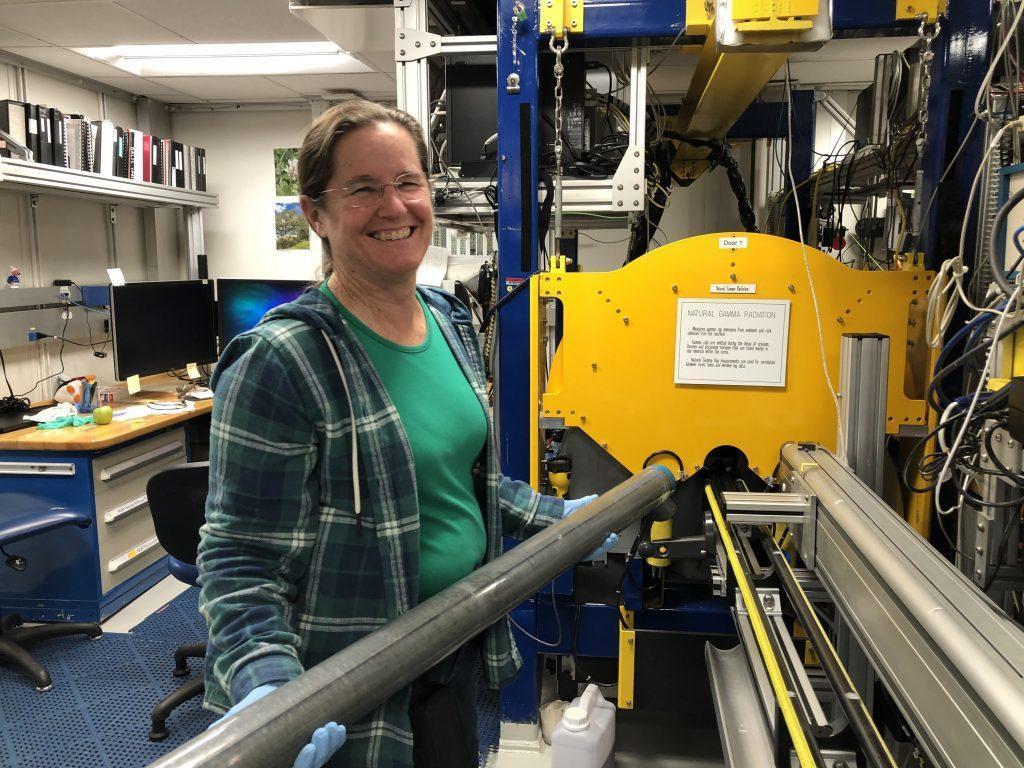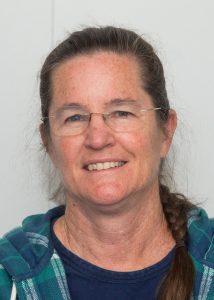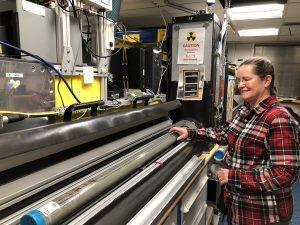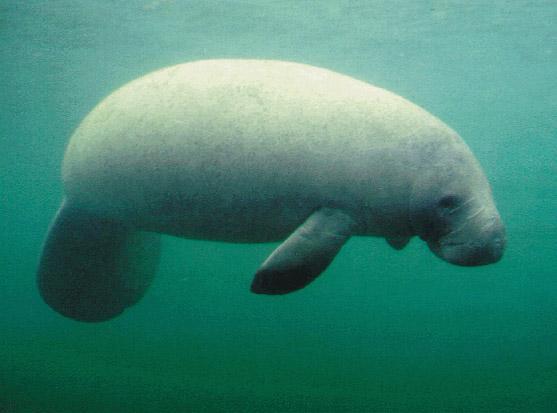
Career Spotlight: Physical Properties Specialist Vera Lawson

Vera Lawson Interview
Please describe your job duties while on the JR. What will you be doing on a daily basis?
-
-
-
-
-
-
-
-
- The physical properties team runs Whole Round core sections through the Multi-Sensor Logger (WRMSL) which measures gamma ray attenuation (GRA), magnetic susceptibility (MS), and P-wave velocity (the pressure changes in the direction of the sound). We also measure the thermal conductivity of the sediments on the Whole Round sections. The Whole Round core sections are also run through the Special Track Multi-Sensor logger (STMSL) which measures at a faster but lower resolution for the stratigraphic correlators. We measure samples of wet sediment, dry it, weigh it again, and measure its volume to calculate the samples’ Moisture and Density (MAD).
-
-
-
-
-
-
-
Describe one instrument or tool that is essential for you to do your job? Or a piece of equipment on the JR that is useful and why – what does it do?
-
-
-
-
-
-
-
-
- The balance! It is usually simple to weigh something, but it is hard to weigh things accurately on a moving ship. The JR has two balances that together with standard weights can give a good measurement on a rocking and rolling ship!
-
-
-
-
-
-
-
Why is your work (or research) important? What question are you trying to answer or how does your work/research help assist/advance scientific knowledge?
- The physical properties are used to help correlate the holes to try to get a complete, least disturbed record of the sediment at a site. If we can use the patterns in the physical properties at a site to correlate it to a dated site or section, we can get an idea of how far back in time we are relative to other sites in the world’s oceans. Only with this information is it possible to start reconstructing a history of changes in the Earth’s oceans and in Earth’s climate.

Why the ocean? What made you choose a career at sea or career that involves the ocean?
- Places in the ocean where sediment accumulates have the least disturbed sequential record of Earth’s past. But the ocean sediment is not that old compared to the continental crust. To learn about the history of Earth’s oceans farther back in time, we need to study locations on the continental crust which show evidence of once being under water. That is most places on land!
What are you most excited about for this expedition and/or being on the JR?
- We may recover samples that give us data to unravel how the southern westerly winds and the Antarctic Circumpolar Current changes Earth’s climate.
What are three things you think are needed for a successful expedition at sea? And Why!
- Flexibility, Endurance, Hope. Things change, we need to change with them, and not give up. We can only do that when we are hopeful for a good result.
If you could answer one question about our Earth – what would it be and why?
- When did sea ice start to cover the deep ocean? The past extent of sea ice is hard to know because it does not leave much direct evidence. It is kind of like looking for past evidence of clouds. Sea ice can have such a big effect on climate!
What is your favorite sea creature and why?
- A manatee, the gentle giant of the sea.

When did you know you wanted to pursue a career in science or an ocean science career?
- Not until I was over 50 years old!
What do you personally hope to gain or experience while on EXP383?
- I look forward to the opportunity to contribute to our understanding of how the Earth’s oceans, atmosphere, and land systems work. Retrieving the cores that will contribute to that is a real privilege!
What message do you have for anyone considering a career at sea or a career involving the ocean sciences?
- Follow your heart!
What do you do back home when not on the JR?
- I work in the lab preparing samples to run on the mass spectrometer, then I run them. It takes a lot longer to prepare them than to run them! I also enjoy spending time with my husband and our four adult children.
Do you get sea sick? If yes or sometimes, please describe how you cope with it.
- Sometimes, but rarely. I like to go outside to look at the horizon. The fresh air helps.
The need for space comes in many forms. Which type of space, in general, is the most important to you?
- ___Personal Space
- ___Creative Space
- ___Outdoor Space
- ___Emotional Space
- ___Physical Space
- ___Spiritual or Meditative
- ___Outer Space
- ___Community Space
- ___Quite Space
- ___Productive/Work Space
- ___Digital/Virtual Space
- ___Public Space
- ___Inner Space
- _X_Other: Time Space
Why that type of space? What makes it important to you and will it be available while on the JR?
- Time is the most important thing we have.